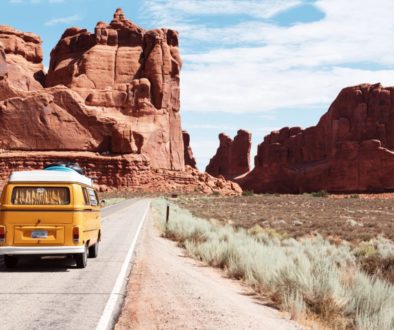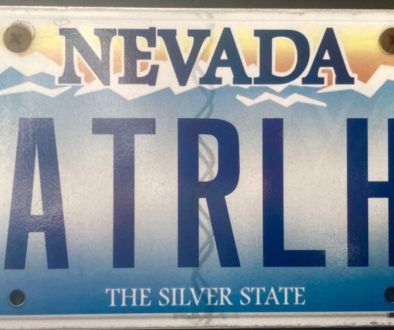5 basic rules for winter Trekking and Safety

There is no question that hiking in the winter has its own challenges and rewards over other seasons. It can also be extremely enjoyable and safe if done correctly. Winter hiking can also be very dangerous to the unaware and unprepared. Whether your trekking, snowshoeing, skiing or even fat tire mountain biking these basic guidelines for preparedness will let you maximize the thrills and minimize the risks.
1. Dress correctly
Make certain you have the right kind of apparel and know how to use it. It’s all about the layers. You want wicking thermal layers next to your skin to move moisture away from your body, mid layers for insulation, and outer layers for waterproofing. This layering system will keep you dry and warm. For your head, wear a good winter beanie that will cover your ears and a jacket with a hood. Utilize a wrap or balaclava for your face. For your hands, a good pair of properly fit waterproof gloves and an extra pair of sheer wind-stopper gloves can be used as a liner with your main gloves if temperatures drop, or use alone if the temperatures gets warm. For your legs you want a thermal wicking base layer, and a waterproof outer layer. For your feet heavyweight winter socks and appropriate insulated waterproof boots. Follow these basic guidelines which will provide you with a place to start. When shopping for your winter apparel speak to your local outfitter to get the right gear for fit, function, and YES personal style. It’s important to understand you are putting together a system that will allow you to layer up for the cold and layer down as you warm up. This will allow you to maintain comfortable body temperature, avoid excessive sweat and moisture next to your skin and enable you to have comfortable attire while exploring the great outdoors.
2. Know the weather forecast and expect the worst
There is no such thing in my book as being overly prepared for winter trekking. Be sure to do your research, and to double check it with more than one source. Use the weather forecast as a guideline for what to expect. Keep track of the weather in real time and use this information and your observations to tailor your excursion. The weather can change in the blink of an eye and often does. Be aware of your altitude, and the altitudes you will be visiting. As a general rule, the temperature will drop approximately 8 degrees for every thousand feet of elevation gain. Also consider wind speeds. The higher the wind speeds, the colder it will feel. This is referred to as wind chill. Being aware of your environment will help you make the best choices for gear selection, and your travel window. Ultimately allowing you to enjoy your surroundings comfortably and most importantly safely.
3. Don’t venture out on an empty stomach and stay hydrated
You will burn more calories in the cold, and you will need your energy just to keep your body warm. Your body will be working extra hard to stay warm. Add in your activities and you will be burning energy at a much greater rate than you might even be aware. Stay hydrated and snack often. If you do have a loss of fuel and hydration hypothermia becomes a much greater risk
4. Know where you are going and be ready for anything
Plan your itinerary and know where you are going. Start your day early and turn around with daylight to spare. Have a map, compass, GPS and know how to use them. Even if it’s a short trip you need to have emergency gear with you such as a first aid kit, safety whistle, light source (head lamp) Emergency sleeping bag, AKA thermal bivy, and fire starter, such as a magnesium fire starter, AKA ferro rod, waterproof matches and a Bic lighter. This may sound like a lot, but its not really. These items take up very little space and don’t weigh much. You need to be able to survive over night if you get stranded!
5. Have a hiking partner
Not only will this make your trek more fun, but it will also give you and your buddy an added element of safety should something go wrong. It’s always more fun to have company on an epic adventure.
These are the basic guidelines, there are other factors to consider depending on your specific adventure. These five rules will set you up for success.
Safe Travels!


